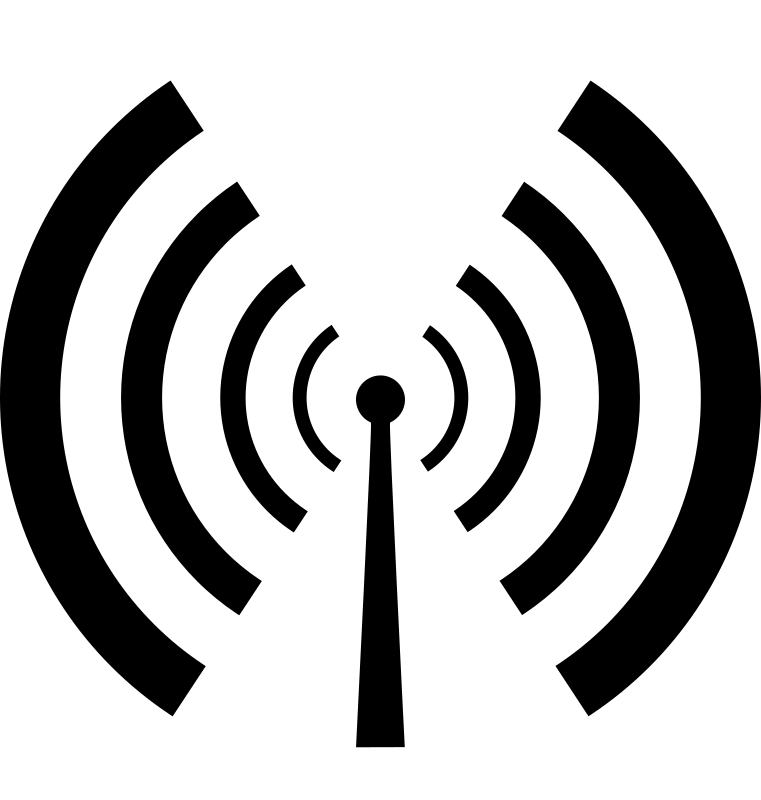Electromagnetic Warfare Is Here article tells that a briefcase-size radio weapon could wreak havoc in our networked world. In the 2001 action movie Ocean’s Eleven, criminals use an electromagnetic weapon to black out a portion of Las Vegas. It might have seemed to bevVery futuristic at the time, but nowadays the threat is real and growing. The problem is growing because the technology available to attackers has improved even as the technology being attacked has become more vulnerable: Today’s electronics works at lower voltages and higher frequencies as electronics some time ago, making it more sensitive to EM disruption.
Our infrastructure increasingly depends on closely integrated, high-speed electronic systems operating at low internal voltages. That means they can be laid low by short, sharp pulses high in voltage but low in energy. Even a briefcase-size model could generate EM fields with peaks in the thousands of volts per meter (rise time of about 100 picoseconds and a pulse width of about 1 nanosecond).
The level of electronics fields different devices vary, but generally they need to be resist narrowband electric fields below 10 V/m for frequencies above 80 MHz, so that passing mobile phone or walkie-talkie will not disturb them. Some systems are vulnerable to radiated narrowband fields above 30 volts per meter. Modern PCs are typically resistant up to about 300 V/m at some frequencies and must survive a 1-kV pulse in the cable ( can be induced by a transient EM field of 1 kV/m). A peak electric field of about 2 kV/m for pulse widths on the order of 200 ps can disrupt most microprocessor-based systems and 5 kV/m will fry the chips. Device that fits in van can cause such disturbances 5 to 10 meters away and bigger devices can even generate 50 kV/m from 100 meters away.
Electromagnetic (EM) attacks are not only possible—they are happening. Today, though, any digitally controlled infrastructure presents a target: Power, telecommunications, finance, water, natural gas, and more are all coming under the ever-finer control of computers. Governments and professional organizations have been aware of the problem (called intentional electromagnetic interference, or IEMI) at least since the 1990s.
Besides disturbing the electronic devices, you can disturb the radio spectrum used for wireless communications. Electronic warfare (EW) is any action involving the use of the electromagnetic spectrum or directed energy to control the spectrum, attack an enemy, or impede enemy assaults via the spectrum. Electronic warfare is any military action involving the use of the EM spectrum to include directed energy (DE) to control the EM spectrum or to attack an enemy. This year U.S. Army released first field manual for war in the electromagnetic spectrum. Inside the New Arms Race to Control Bandwidth on the Battlefield article tells how US army tries dominate the radio spectrum on war zones with jammers. Launching an electromagnetic counterattack doesn’t require hundreds of millions of dollars’ worth of jets, just a handful of gadgets and some basic engineering skills. Many countries can do that as plug-and-play jammers and electromagnetic analyzers are widely available for purchase. In early 2012, for example, when North Korea spent 16 days emitting signals from truck-sized GPS jammers, more than 1,000 South Korean aircraft reported feeling the effects.
Check also my related posting Watch a Hacker Fry a Hair Dryer With Her Radio that tells how handheld directional radio antenna can be used to to fry some electronic devices.

1 Comment
Tomi Engdahl says:
DIRECTED ENERGY WEAPONS
Directed energy weapons (DEWs) use highly focused energy to create
destructive effects across the electromagnetic spectrum
— radio waves, visible light, or infrared heat. DEWs that could produce effects similar
to an EMP are of particular concern for electric grid security,
because they do not involve the complexity of a missile launch and nuclear
detonation. Additionally, DEWs allow an adversary to target specific facilities rather
than a wide swath of territory, making their use a far less escalatory option.
While many DEWs are in the development stages and many details remain classified,
other nations, particularly China, have placed an emphasis on their development and
fielding.
Similar to EMP, mitigating a potential DEW strike involves a combination of
hardening key nodes and improving grid response and resiliency.
Source: page 19 at http://www.thepresidency.org/sites/default/files/pdf/Grid%20Report%20July%2015%20First%20Edition.pdf